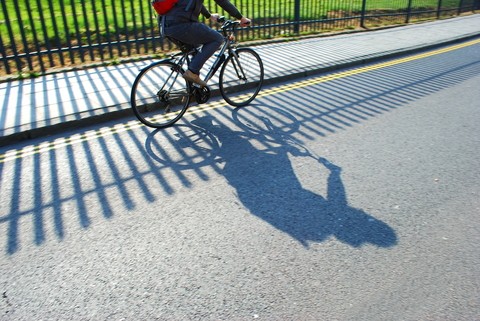
TNO Quality of Life, Leiden, The Netherlands. ingrid.hendriksen@tno.nl
OBJECTIVE: To study the association between commuter cycling and all-cause sickness absence, and the possible dose-response relationship between absenteeism and the distance, frequency and speed of commuter cycling.
METHOD: Cross-sectional data about cycling in 1236 Dutch employees were collected using a self-report questionnaire. Company absenteeism records were checked over a one-year period (May 2007-April 2008). Propensity scores were used to make groups comparable and to adjust for confounders. Zero-inflated Poisson models were used to assess differences in absenteeism between cyclists and non-cyclists.
RESULTS: The mean total duration of absenteeism over the study year was more than 1 day shorter in cyclists than in non-cyclists. This can be explained by the higher proportion of people with no absenteeism in the cycling group. A dose-response relationship was observed between the speed and distance of cycling and absenteeism. Compared to people who cycle a short distance (<or=5 km) three times a week, people who cycle more often and longer distances are absent for fewer days on average.
CONCLUSION: Cycling to work is associated with less sickness absence. The more often people cycle to work and the longer the distance travelled, the less they report sick.
